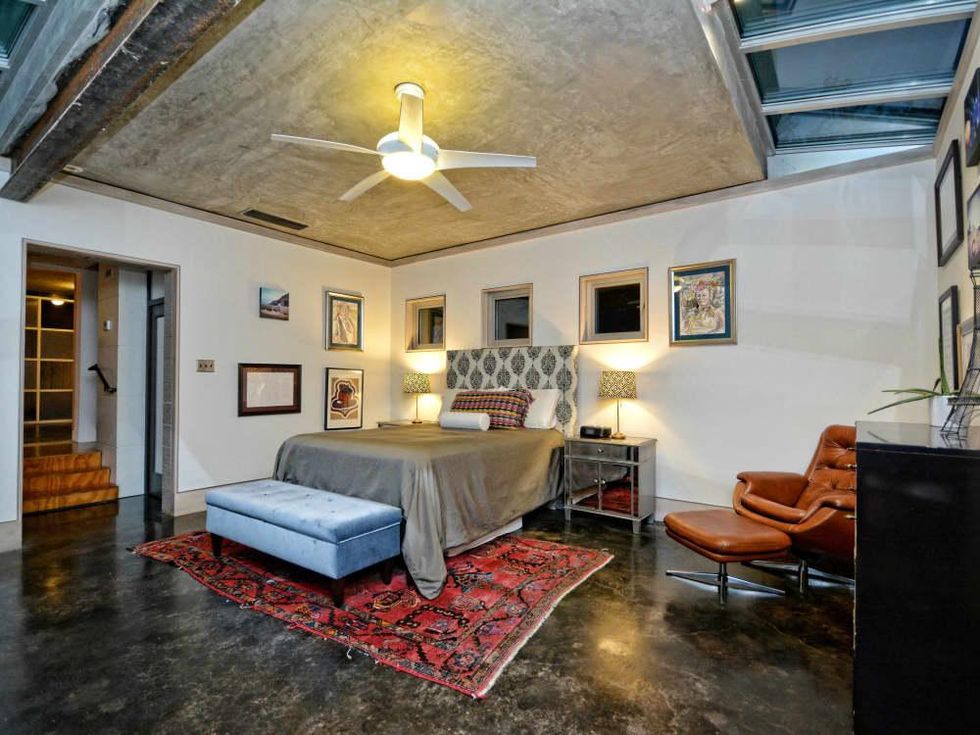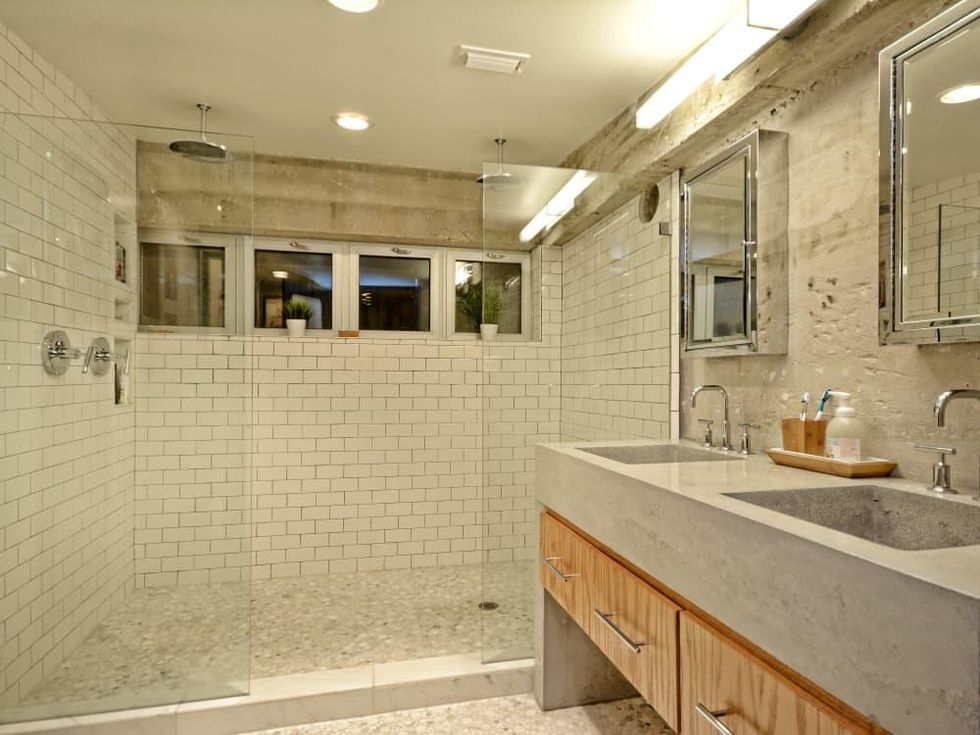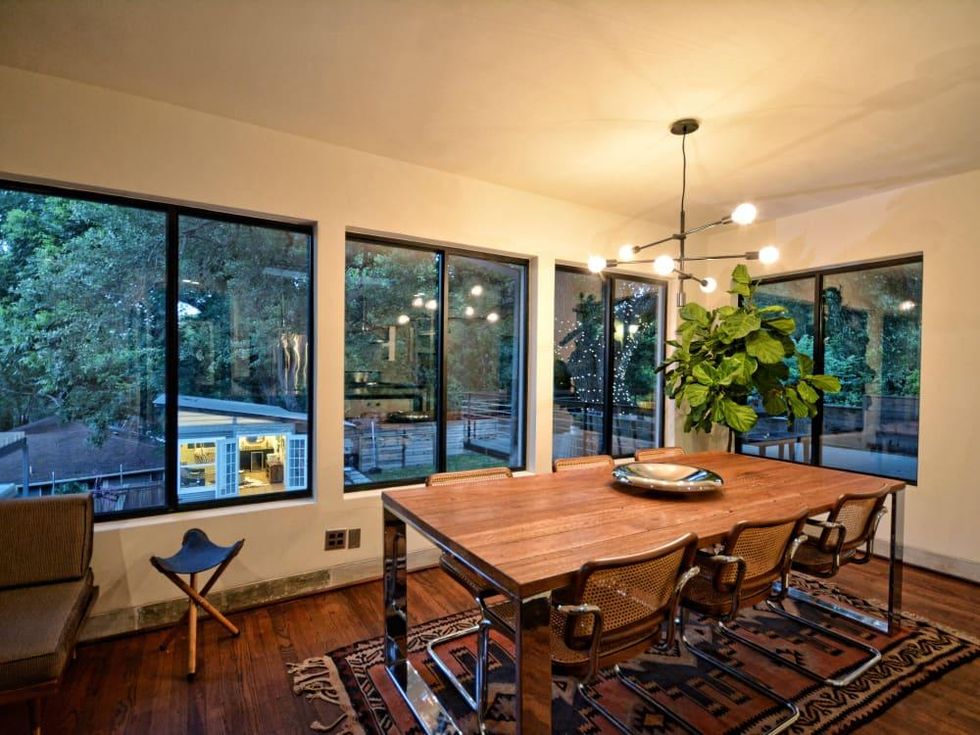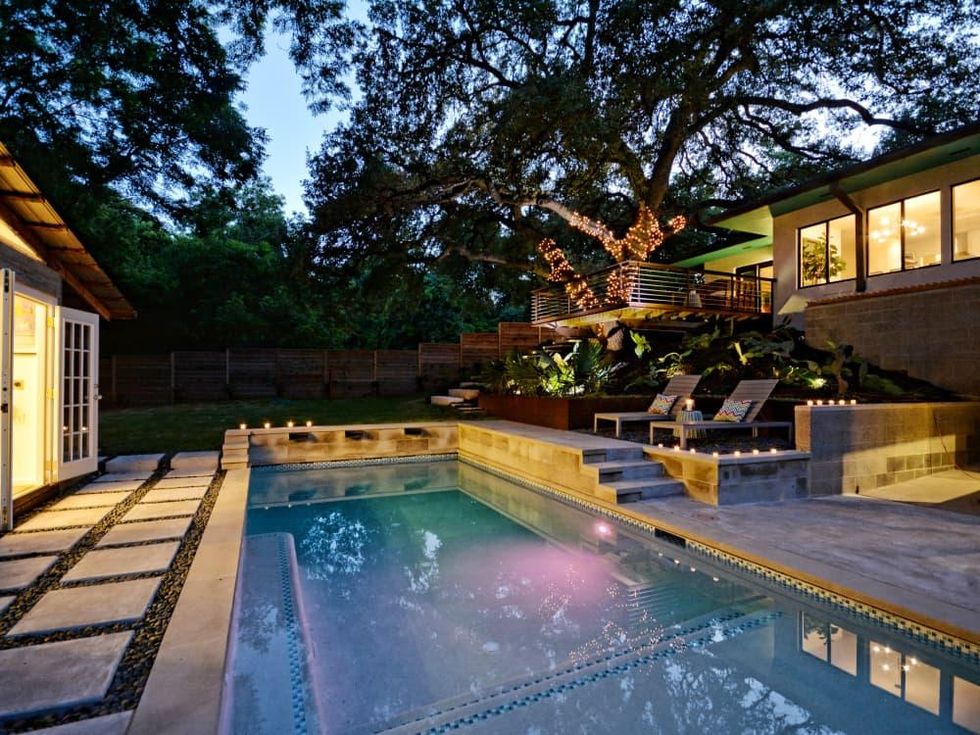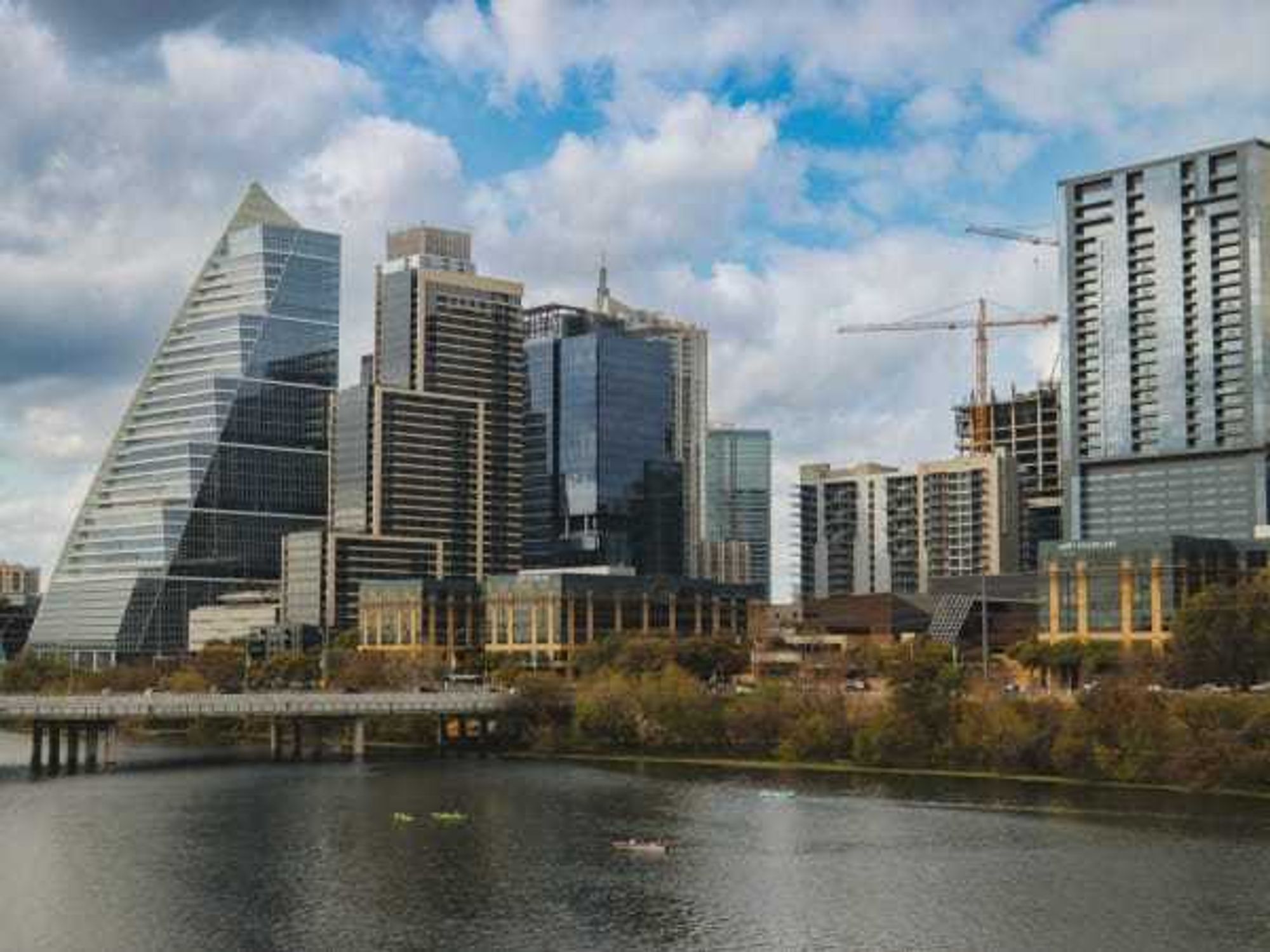The latest Central Texas Housing Report from Unlock MLS and the Austin Board of Realtors has revealed that closed home sales in the Austin area have cooled off in comparison to last year, but median home prices aren't showing signs of major fluctuation as 2026 nears.
Median listing prices in the Austin-Round Rock-San Marcos metro area fell 1.1 percent year-over-year to $430,000, while home sales dipped 15.9 percent from last November to 1,895 closed sales. Pending sales in the metro, however, increased 4.5 percent to 2,269 pending transactions.
This is the November 2025 housing summary for the City of Austin and its comparison to 2024's performance, per the report:
- Residential homes sold: 655, a 7.1 percent decrease since November 2024.
- Median price: $565,000 for residential homes, 1.5 percent less than November 2024.
- New home listings: 793 on the market, 4.6 percent less than November 2024.
- Active home listings: 4,064 on the market, 9.6 percent more than November 2024.
- Pending sales: 753, an increase of 5.5 percent since November 2024.
- Months of inventory: 4.9 months, 0.3 months more than November 2024.
- Total dollar volume of all homes sold: $467,982,112, a decrease of 12.7 percent since November 2024.
- Average close to list price: 91.8 percent compared to 91.6 percent in November 2024.
According to Unlock MLS market research advisor Vaike O'Grady, November's drop in closed sales seems more dramatic than it would be "under typical conditions." Instead, O'Grady encourages paying more attention to the rate of pending sales.
"It is important to remember that November 2024 sales were boosted by the Fed's first cut in interest rates, and mortgage rates moved accordingly," O'Grady said. "While October’s government shutdown likely impacted November 2025 closings, the 5 percent year-over-year increase in pending sales is encouraging and shows that motivated buyers are reentering the market."
The Federal Reserve cut interest rates by a quarter of a point in early December, a measure that O'Grady added may boost potential homebuyers' confidence next year.
"As rates stabilize and buyers adjust to the new normal, we anticipate renewed momentum," O'Grady said. "The region’s long-term outlook is strong and will continue to buffer seasonal and economic shifts."
County-wide housing trends across Central Texas in November 2025
November home sales in Travis County dipped 8.3 percent year-over-year to 867 closed sales, and median prices only decreased by one percent from last year to $505,000. There were 5,632 active listings on the market, which included 1,126 new listings.
In Williamson County, 661 homes were sold last month in a dramatic 17.1 percent drop from 2024, and median prices also fell 3.5 percent to $415,000. There were 3,717 active home listings on the market in November, or 20.1 percent more than this time last year.
Hays County home sales plummeted 31.3 percent from November 2024 to 266 closed sales, and median prices increased nearly 7 percent year-over-year to $390,000. There were 386 new listings added on the market, an 18.4 percent decline from last November, and 1,640 total active home listings.
Bastrop County home sales also dramatically fell last month, but this time by the dip was 18.7 percent less year-over-year. A total 74 homes were sold last month. Median prices fell 0.8 percent to $365,000. Active listings in the area totaled 742 homes, and 143 were new listings.
Only 27 homes were sold in Caldwell County in November for a median price of $265,000. There were 32 new home listings put on the market last month, and 195 total active listings.
